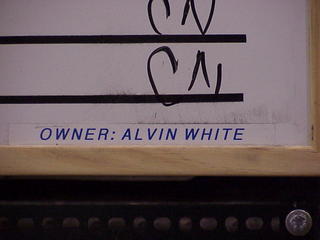
As I enjoyed the warmth of holiday time with my family, several ideas came to mind that could help improve the holiday season from the customer point of view. Although these ideas do not reflect upon the true meaning of the celebration of Christmas, they do provide a kaizen approach to the more commercial side of the holidays. I readily admit that these areas of improvement are purely self-centered in nature and, compared to world peace, are not all together important yet would go a long way to make our holidays just a little bit better. With that said, let me share my number one area of holiday improvement.
Improvement Ideas Number 1: Make all toys easy to open by kids.
Listen up Toy Manufacturers! Please get rid of those pain in the bottom twisted wires that hold many toys in their packages.
My nine year old daughter and soon-to-be five year old son are fiercely independent kids who want to open up their presents without adult assistance. Despite all the potential reasons by the toy manufactures for including these barriers to the true end customer (kids) to quickly get at their toy, the dreaded wires are hated by all.
I am not a toy manufacturing expert so the reasons of security, presentation and protection of these bound up toys may have some merit. But from my lean manufacturing experience and more importantly, my consumer experience, I believe that there must be a better way.
The manufacturing process to apply those twisted ties must be a labor intensive process not to mention extra material cost. Despite the fact that overall labor costs are low with a majority of these toys manufactured in China, the margins are tight in the competitive toy market. In addition, retail pressures from the big box retailers like Walmart, a big player in retail toy sales, will continue to squeeze out every penny in cost. Bottom line, there is an opportunity here to make customers happy and save costs.
While manufactures are looking at kid friendly packaging, lets look at replacing thick wires ties, not sewing Barbie's hair to the cardboard backing, pre-applying the tons of stickers that require adult application, and getting rid of the hard to remove security tapes on DVD cases. Each of these packaging methods are barriers for kids to getting straight to the action of playing with their new toys.





